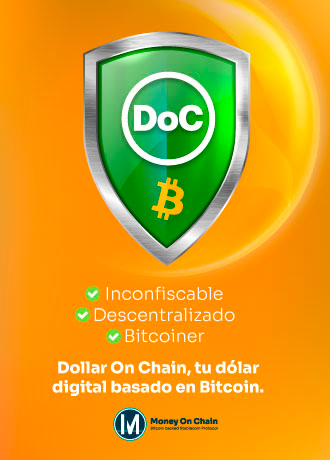Blockstream, uno de los líderes a nivel mundial en tecnología de cadenas de bloques y criptografía financiera, anunció hoy el lanzamiento de Liquid Network, una red de liquidación de intercambio que conecta a los exchanges, creadores de mercado, corredores e instituciones financieras de todo el mundo.; hasta el momento unas 20 compañias se han inscrito incluyendo sitios web de la talla de Bitfinex, Bitmex, Xapo y OKCoin.
Liquid es una innovadora cadena lateral construida sobre la red Bitcoin, que facilita transacciones más rápidas de bitcoin entre empresas y particulares, a la vez que permite una mayor funcionalidad. Algunas de las características de Liquid incluyen:
1 – El activo Liquid Bitcoin (L-BTC) nativo de Liquid está respaldado por una conexión bidireccional a Bitcoin (BTC) y puede canjearse en cualquier momento, lo que proporciona a las instituciones y a los usuarios finales una forma segura y rápida de transferir bitcoin entre los miembros con una liquidación completa en dos minutos.
2 – Los Activos Emitidos de Liquid aportan características similares de bitcoin a los activos tradicionales, como el fiat tokenizado, los puntos de recompensa digitales y los activos certificados (por ejemplo, monedas de oro), eliminando la necesidad de cadenas de bloques dedicadas o software de billetera.
3 -La tecnología de transacciones confidenciales de Blockstream garantiza que la cantidad y el tipo de activos transferidos sólo sean conocidos por las partes, lo que mejora la privacidad tanto de las transacciones de L-BTC como de los activos emitidos.

«Si hay algo que nuestros operadores necesitan es velocidad», dijo Paolo Ardoino, Director Técnico de Bitfinex. «Liquid entrega eso con creces. Las liquidaciones instantáneas de Liquid permitirán a nuestros operadores lograr depósitos y retiros de bitcoin más rápidos, un arbitraje más eficiente e incluso mejores precios a través de spreads más ajustados».
El éxito del lanzamiento ha sido gracias a los esfuerzos coordinados de los miembros de la red y representa sólo el comienzo, con numerosas características y aplicaciones en las obras para ampliar la participación en la red. Estos incluyen la integración de la billetera GreenAddress, un nuevo cliente de billetera Liquid Wallet de código abierto, y planes de soporte para la billetera de hardware de terceros por parte de Ledger y Trezor.
Con información de sys-con.com







Discussion about this post